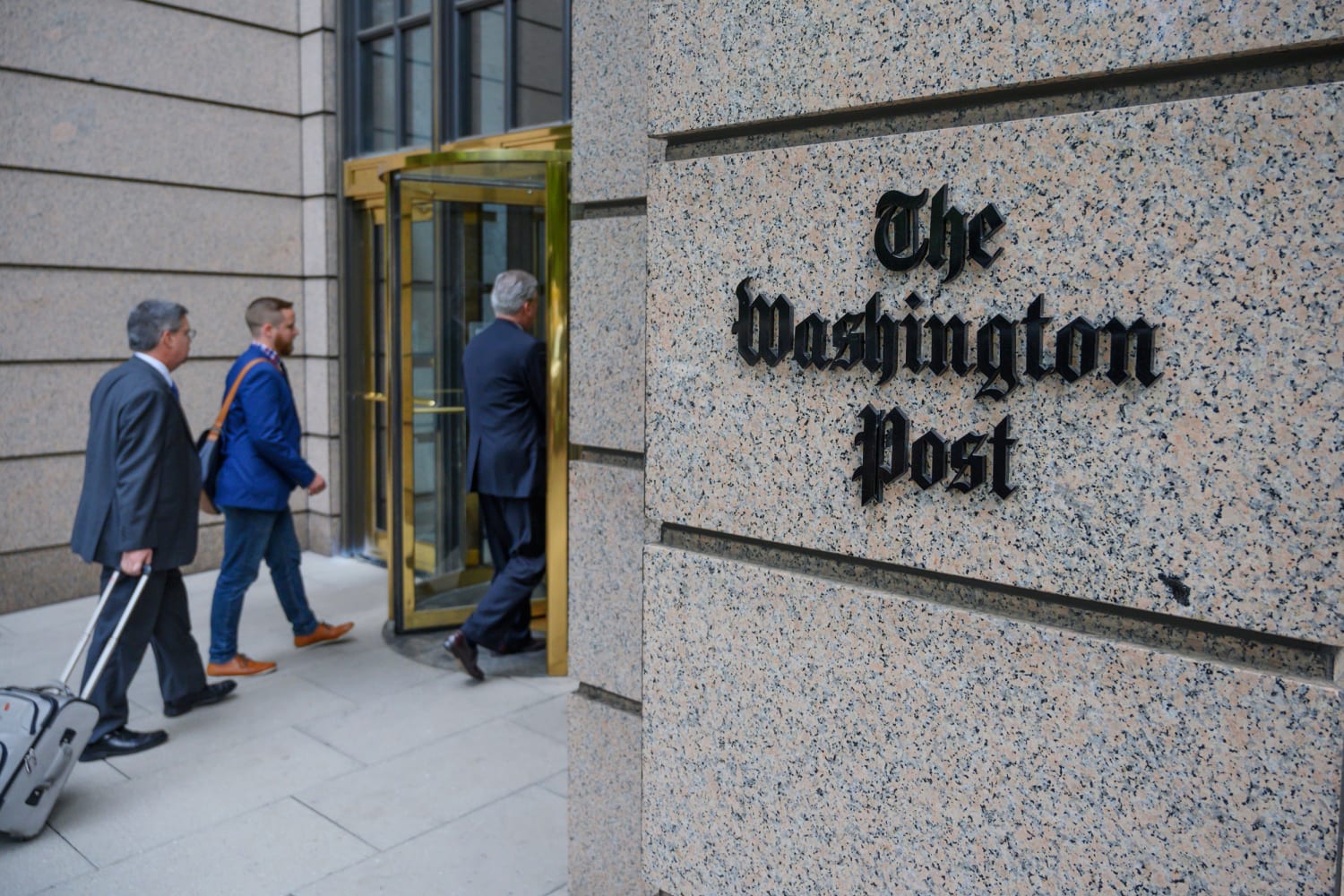New York — The Washington Post has unveiled a significant redesign of its homepage as part of a broader effort to revitalize its digital presence and address mounting internal concerns about the publication’s direction. Under the leadership of Will Lewis, the newly appointed publisher and CEO, the paper is attempting to halt financial losses that have plagued it in recent years, while also adapting to the shifting digital media landscape.
With a projected loss of $50 million this year—an improvement from last year’s $77 million deficit—Lewis is focused on bringing the publication back to profitability. One of the key complaints from Post staffers has been the outdated design of its homepage, which many felt was neither visually engaging nor capable of effectively showcasing the paper’s top journalism. The old homepage’s minimal story slots and lack of cohesion created frustration among reporters and editors, who frequently compared it unfavorably to those of rival publications such as The New York Times.
In a memo to staff last Friday, Lewis acknowledged the internal dissatisfaction, describing the revamped homepage as an “important step forward.” He added that the redesign was just one part of a larger plan to modernize the Post’s digital strategy. “Many of you have voiced your dissatisfaction with the previous layout, and I agreed that it needed change. Your hard work has paid off,” Lewis wrote in his weekly message to employees.
The redesigned homepage, which launched last week, includes several notable improvements. The most prominent change is the doubling of top story slots—from three to six—allowing more stories to be featured and reducing the internal competition to highlight key coverage. The previous three-slot format often led to tensions among editorial teams as they vied to secure space for their articles. The redesign is expected to ease this pressure and provide readers with a more varied selection of content.
Additionally, Opinion articles have been moved higher on the page, reflecting their importance in sparking public debate and engagement. At the same time, some sections such as “Help Desk” and “Technology” have been removed, signaling a more streamlined approach to content. According to sources within the newsroom, further upgrades are expected in the coming months as the paper continues to refine its digital strategy.
Although The Washington Post receives substantial traffic from social media platforms and newsletters, the homepage redesign is increasingly critical in light of industry shifts. Social networks like Facebook have decreased the volume of referral traffic they send to news outlets, and Google’s integration of AI into search results is altering how readers discover content. These changes have increased the importance of The Post’s homepage as a key point of entry for readers.
In addition to the digital redesign, Lewis’s leadership has been marked by a renewed marketing push. Earlier this summer, the Post launched its “Switch On” campaign, which builds on the newspaper’s long-running “Democracy Dies in Darkness” slogan. The campaign is aimed at reinvigorating interest in the publication and driving new subscriptions. However, despite these efforts, The Post remains financially fragile, and there is significant pressure on Lewis to deliver a successful turnaround.
Lewis, who took over as publisher and CEO in January, has faced challenges in rebuilding morale. Earlier this year, his reputation was clouded by the resurfacing of allegations related to his involvement in covering up a UK phone-hacking scandal, which he has denied. Nonetheless, Lewis has sought to focus on the positive developments at the paper, frequently using his memos to highlight subscription growth and editorial improvements. In his most recent update, he noted that the Post had experienced its “highest net growth week of the year for subscriptions,” a promising sign for the publication’s future.
While the Post has yet to disclose its current subscriber count, the last reported figure was 2.7 million. Lewis and his team are hoping that ongoing improvements, both editorially and digitally, will help to increase that number in the coming months, bringing the paper closer to profitability and long-term stability.









